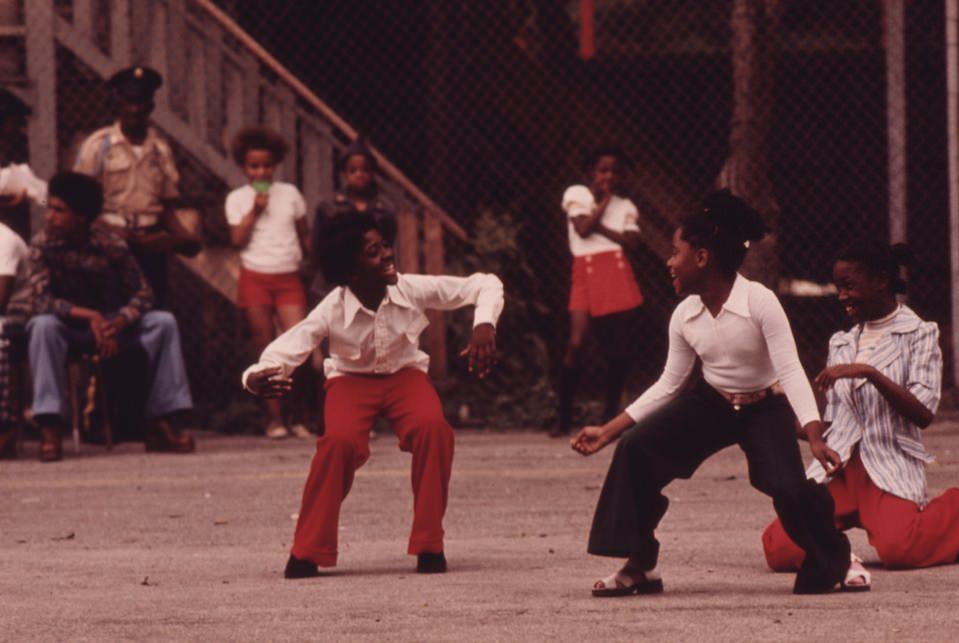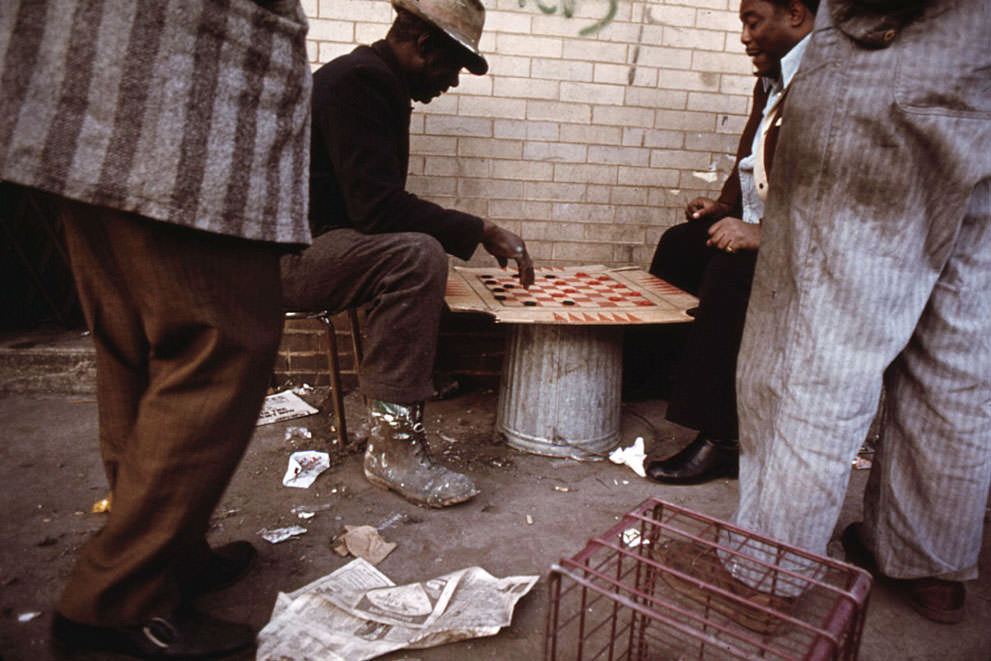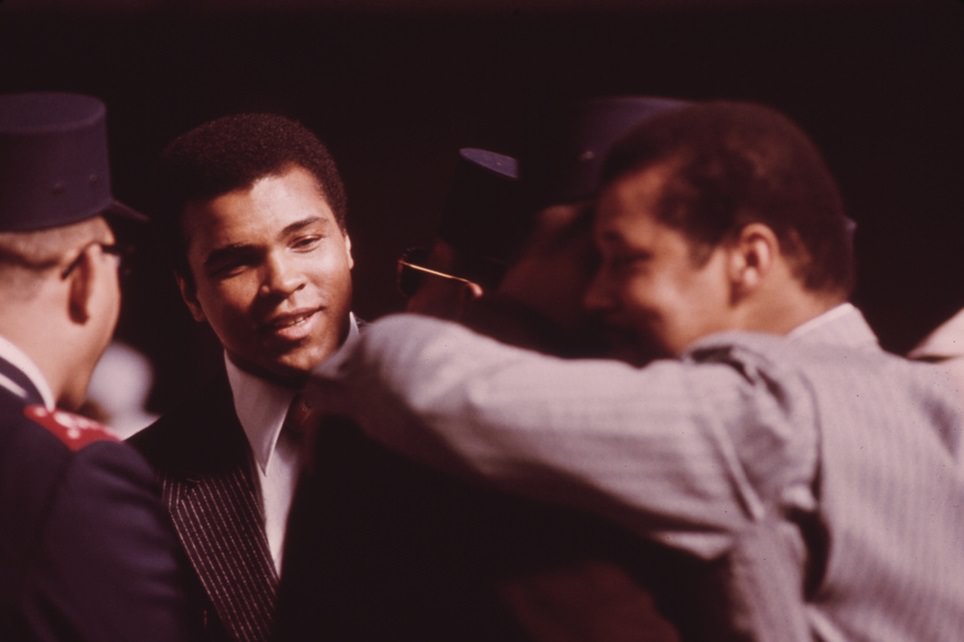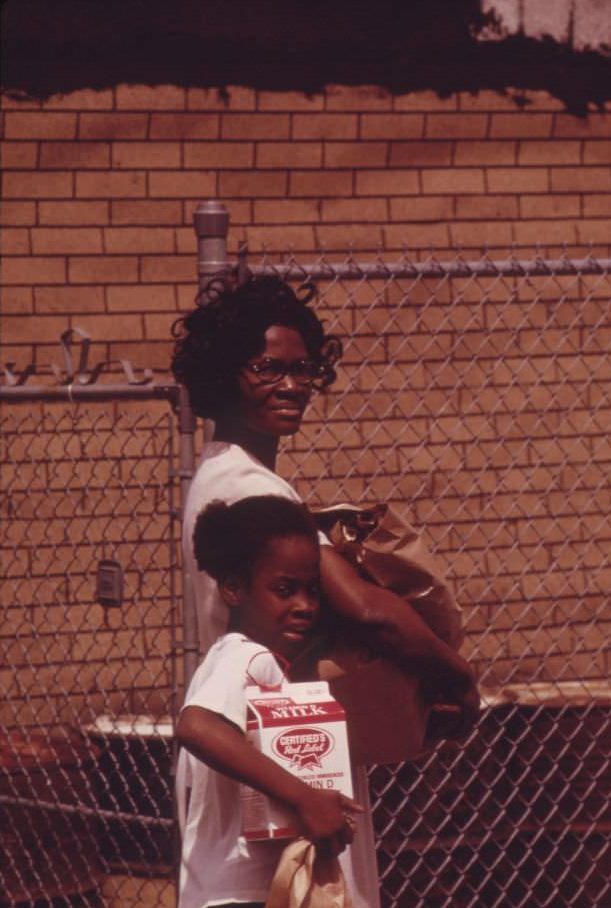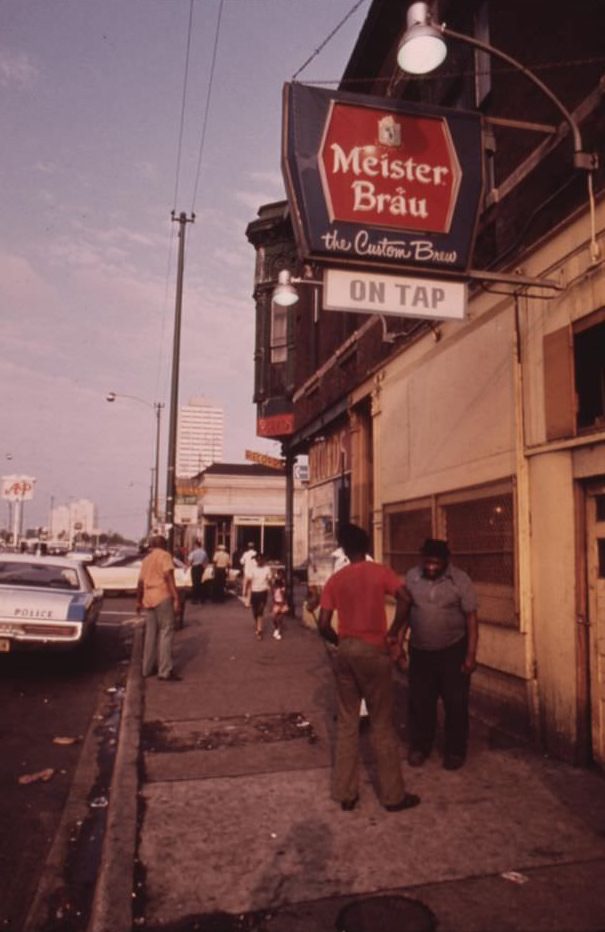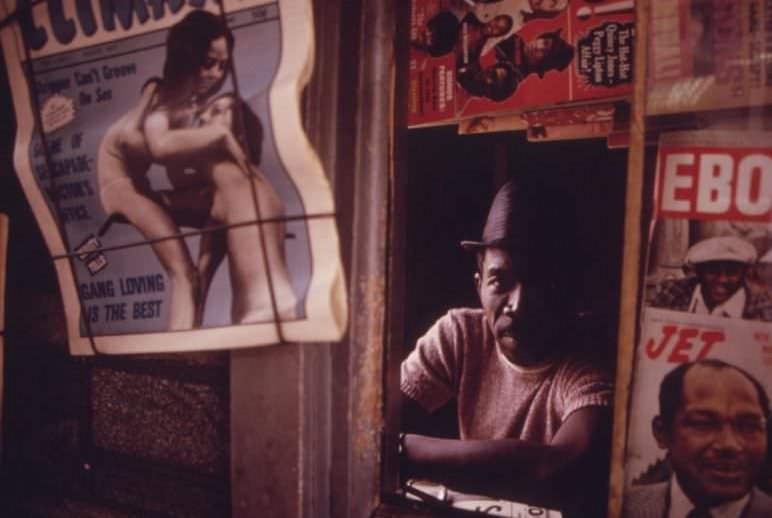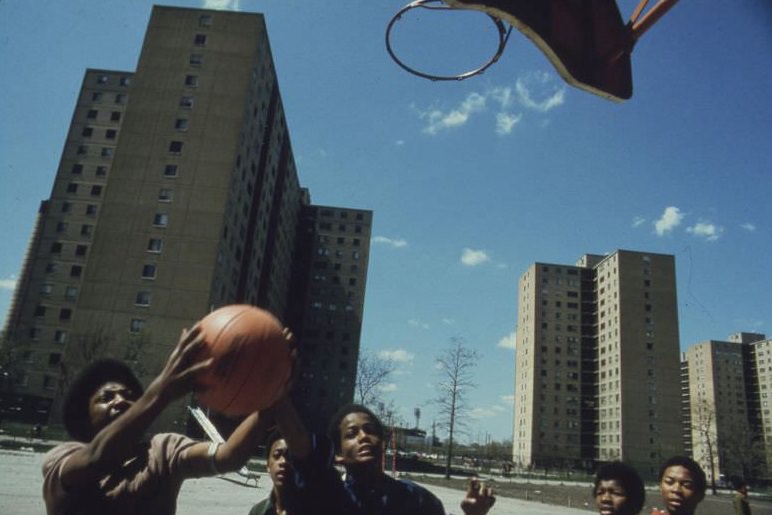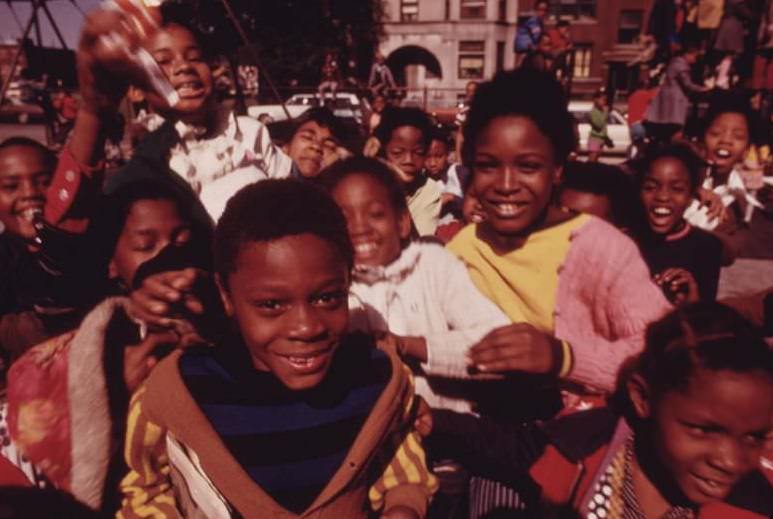Photographer John H. White took these images of Chicago’s African-American community, primarily on the South Side. He has created timeless portraits of everyday life that invite viewers to travel back a few decades. He won the Pulitzer Prize for Photojournalism in 1982. He was also selected as a photographer for the 1990 project Songs of My People. Besides winning three National Headliner Awards, White was the first photographer to be inducted into the Chicago Journalism Hall of Fame, and he received the Chicago Medal of Merit in 1999.
The Environmental Protection Agency hired White in the 1970s to document the lives of black Chicagoans. Throughout his career, White photographed Chicagoans in various emotional states and captured their joys, sorrows, and celebrations for years to come. In his photographs, he captures “the spirit, love, zeal, pride, and hopes of Chicago’s African American community in the early 1970s.” Black Chicagoans developed a class structure consisting of domestic workers, other manual laborers, and a small, growing group of middle- and upper-class business and professional elites. The city jobs gained by black Chicagoans in 1929 led to a growth in the professional class. African Americans in Chicago faced constant job discrimination, as foremen restricted black workers’ advancement, preventing them from earning higher wages. Slowly, blacks began moving up in the workforce in the mid-20th century. State Street on the South Side was home to the Black Belt of Chicago, which stretched 30 blocks along the street. In such a confined area, many families lived in dilapidated buildings due to overcrowding. The South Side’s “black belt” was also divided into areas according to economic status. The poorest residents lived in the northernmost, oldest section of the black belt, while the elite lived in the southernmost.
The Black Belt was one of the first communities to encourage local black businesses and entrepreneurs during the mid-20th century, as African Americans struggled against economic confinement created by segregation. Black residents sought to increase economic opportunity in their community by encouraging black businesses. Chicago was the capital of Black America during this time. Southeastern African Americans dominated the Black Belt area of Chicago. During this time, State Street was dominated by barbershops, restaurants, pool rooms, saloons, and beauty salons catering to African-Americans. These trades helped African Americans build their communities. They helped blacks establish their families, earn money, and become active community members.
#1 Abandoned building on 37th And Prairie Street.
#2 Youths play basketball at Stateway Gardens highrise housing project on the South Side, May 1973.
#3 Youngsters performing on an empty lot at 5440 South Princeton Avenue in Chicago’s South Side.
#4 Black youngsters outside the Stateway Gardens Highrise Housing Project on Chicago’s South Side.
#5 Children play outside the Ida B. Wells Homes, one of Chicago’s oldest housing projects. There are 1,652 apartments housing 5,920 persons in 124 buildings on the South Side.
#6 Black neighbors outside on Chicago’s West Side. They are part of the nearly 1.2 million people of their race who make up more than one-third of Chicago’s population.
#7 Street scene in West Side Chicago. This area was slow to recover from the riots and fires of the mid and late 1960’s.
#8 Black men at the entrance to a pool hall where they hang around Daily, located on Roosevelt Road in the heart of the ghetto on Chicago’s West Side.
#9 Youngsters performing on an empty lot at 5440 South Princeton Avenue on Chicago’s South Side.
#10 Youngsters performing on an empty lot at 5440 South Princeton Avenue on Chicago’s South Side.
#11 A student at the Westinghouse Industrial Vocation School on Chicago’s West Side, May 1973.
#12 Men pose on a South Side street, May 1974.
#13 South Side group of children in a playground at 40th and Drexel Boulevard, October 1973.
#14 Swimmers take to the water at 12th Street Beach on Lake Michigan, in August of 1973.
#15 Mother and child, during an outing at Chicago’s 12th Street Beach on Lake Michigan, August 1973.
#16 Heavy traffic on the Dan Ryan Expressway in Chicago, Illinois, October 1973.

At the time, it was the busiest stretch of road in the United States with 254,700 vehicles daily. The tall building in the background is the Sears Tower (now the Willis Tower), 110 stories high and the world’s tallest at the time it was completed, five months before this photograph was taken.




